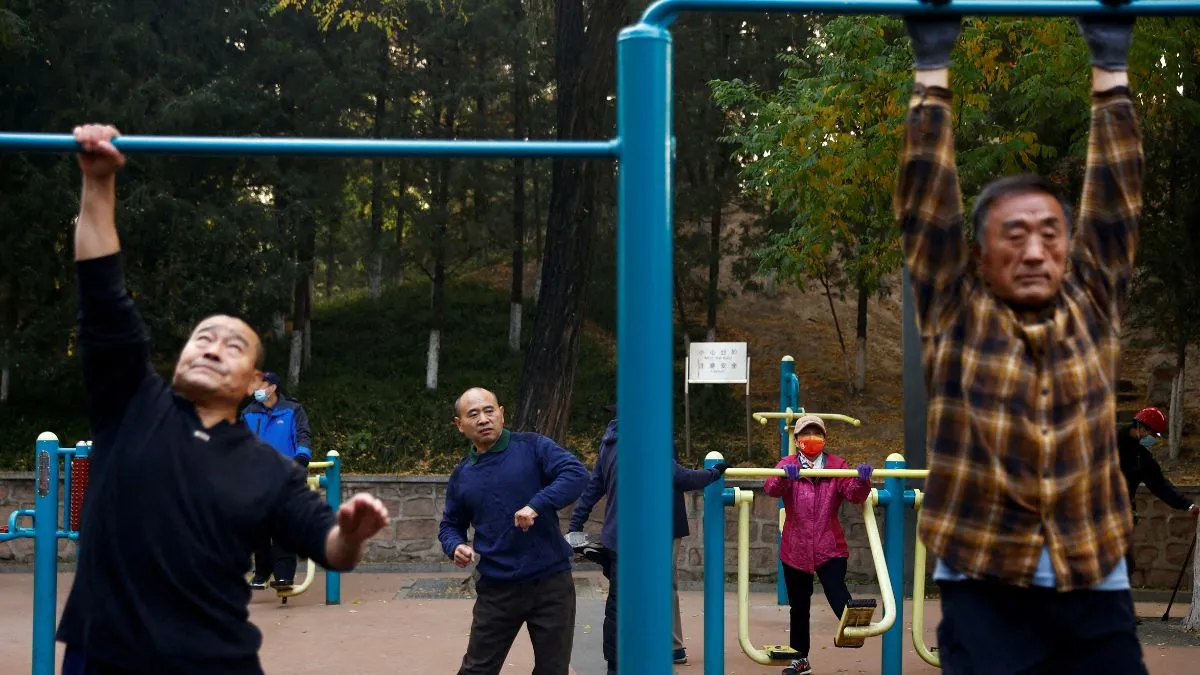China's Retirement Age Reform: Addressing Pension Challenges Amid Demographic Crisis

China's Retirement Age Reform: Understanding the Shift
The decision to raise the retirement age is driven by urgent economic and demographic factors. Currently, China's retirement ages are some of the lowest globally, at 60 for men and between 50-55 for women. Under the new plan starting January 1, 2025, these ages will gradually rise, with men reaching 63 and women 55-58 over 15 years. This necessary reform is designed to counteract economic growth pressures and the burdens on social security.
Reasons Behind the Increase
- Demographic Crisis: A looming crisis, as by 2035, 30% of the population will be aged 65 and older.
- Workforce Decline: An anticipated drop of about 300 million active workers parallels a stagnant birth rate.
- Pressure on the Pension System: The existing pension system faces funding challenges with 11 out of 31 provinces already in deficit.
Public Reaction
The retirement age adjustments have sparked considerable concern, particularly among older workers apprehensive about age discrimination and job stability in a tight labor market. Social platforms reflect a mix of acceptance and apprehension, with commentary highlighting fears of delayed pensions.
China's Path Forward
The increasing retirement age is projected to stabilize the labor force and pension system longer-term. However, success hinges on the government's capacity to manage immediate economic impacts and address public sentiment effectively.
This article was prepared using information from open sources in accordance with the principles of Ethical Policy. The editorial team is not responsible for absolute accuracy, as it relies on data from the sources referenced.